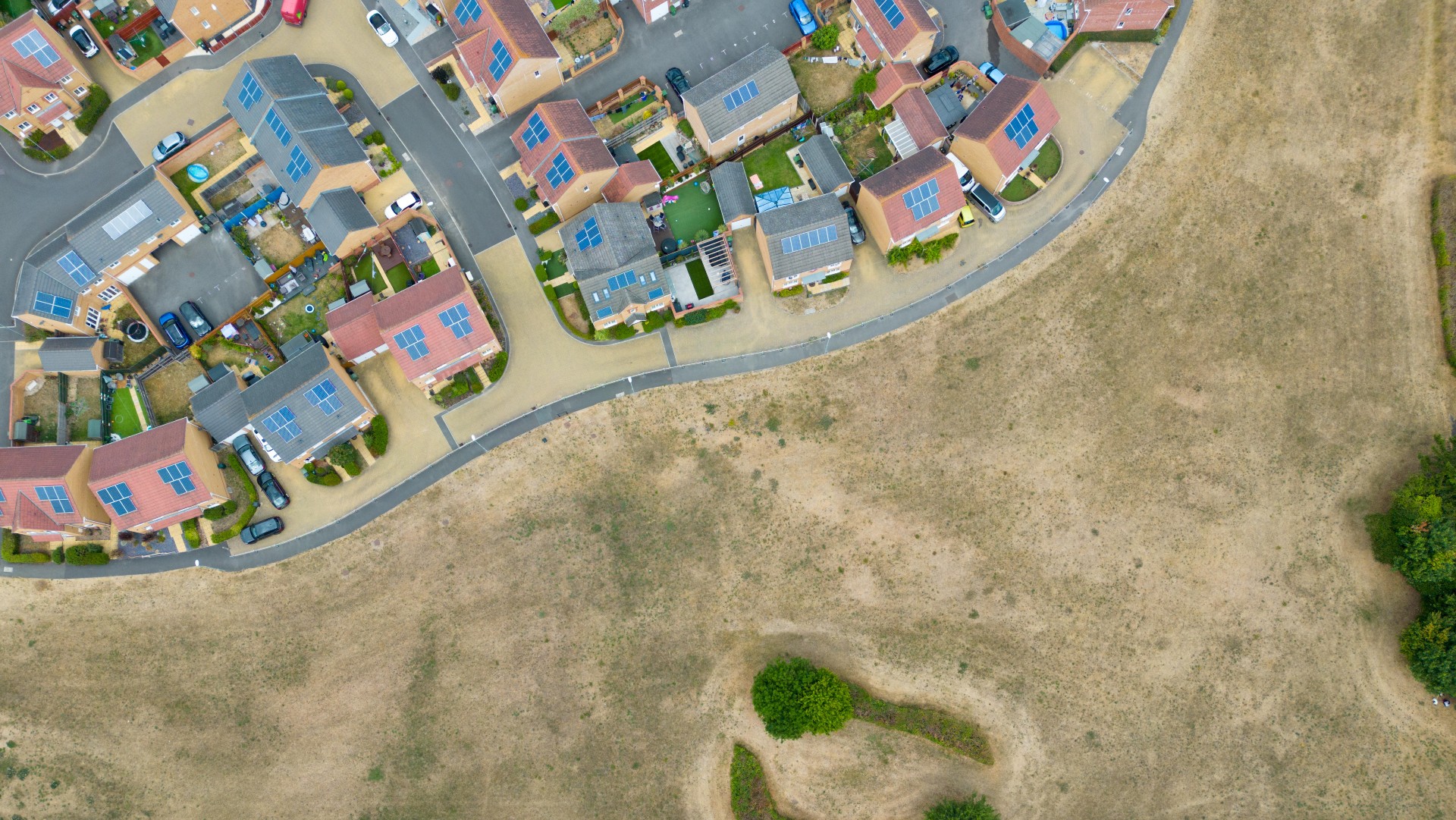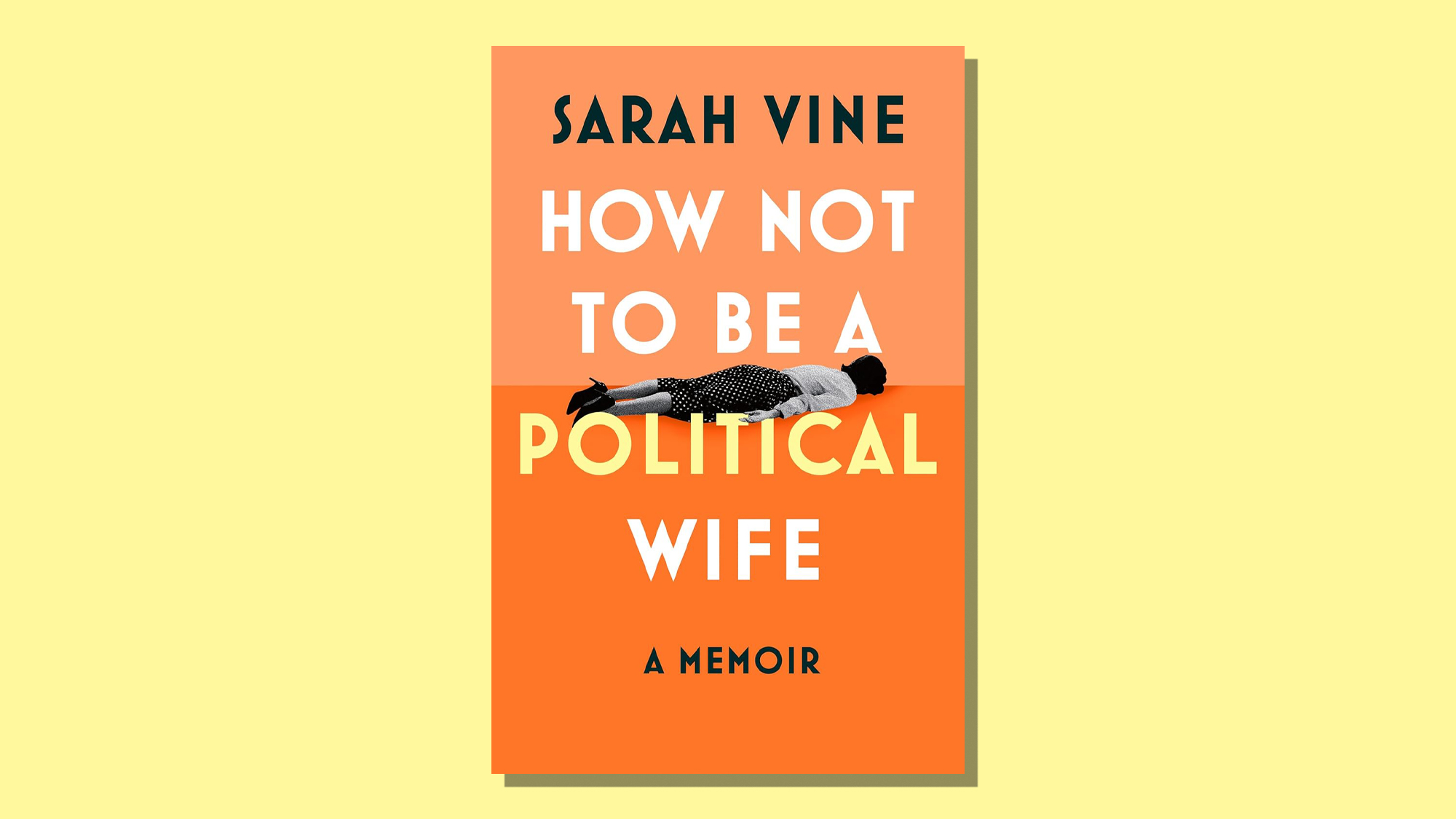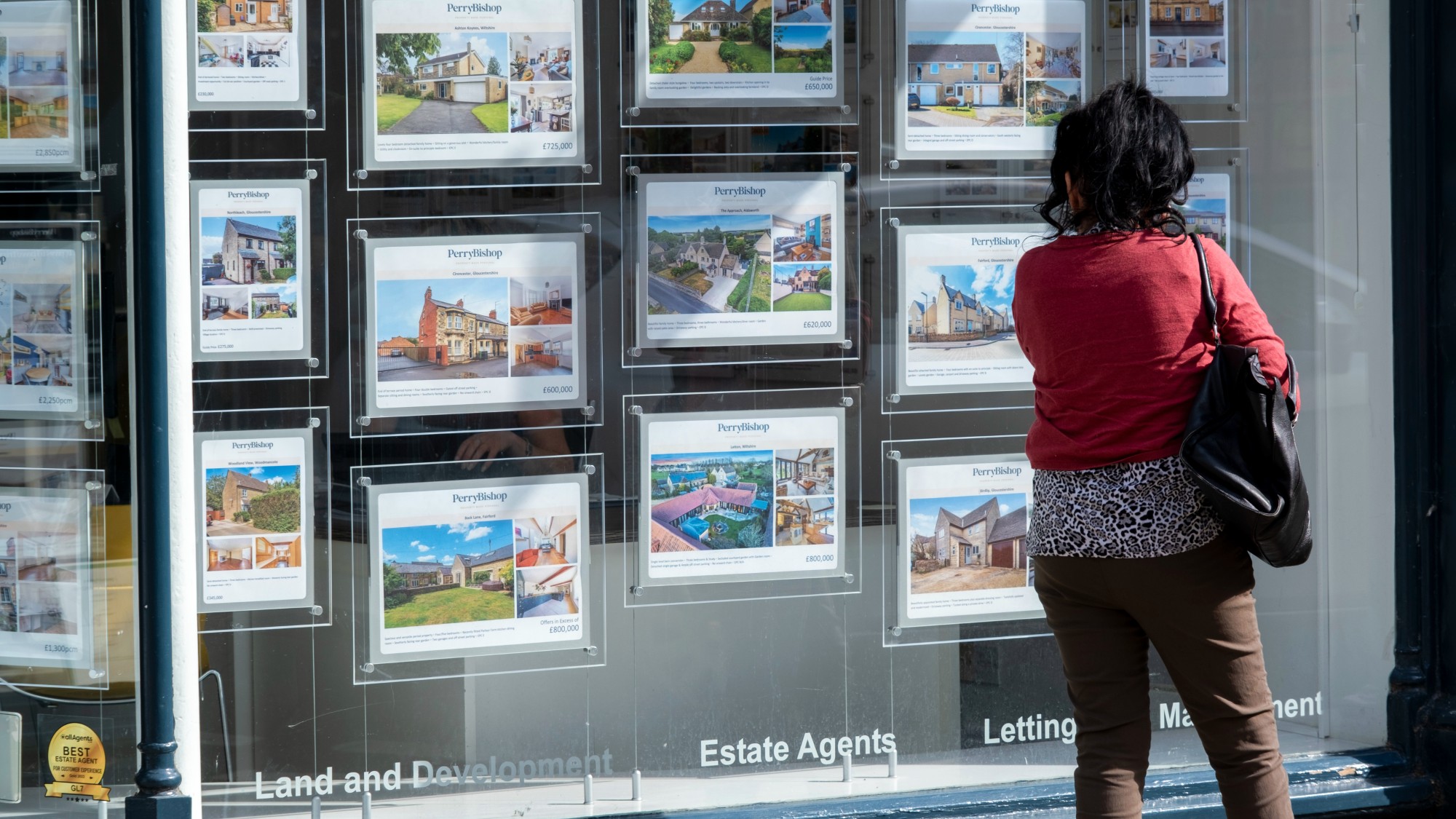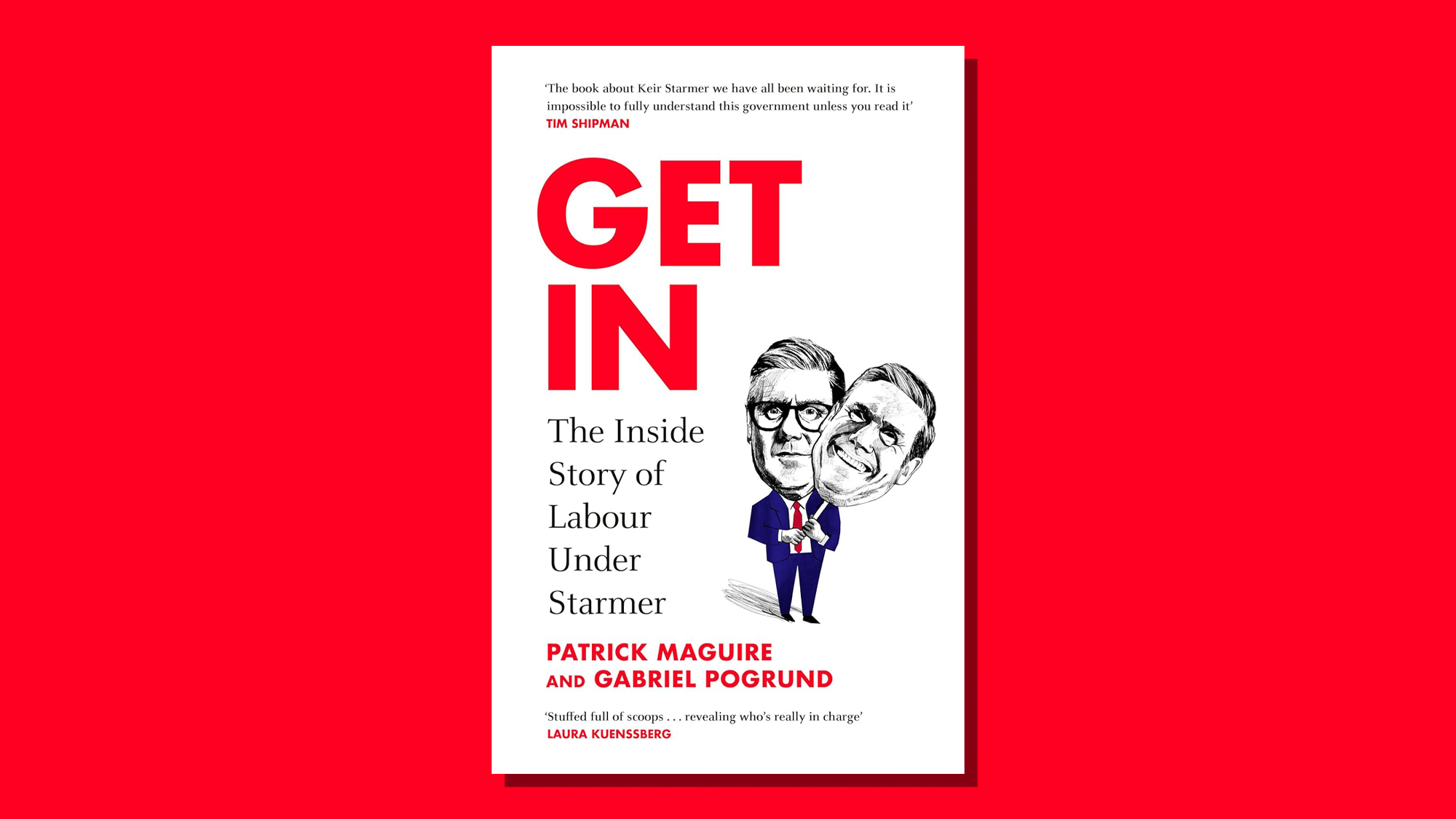Pros and cons of building on the green belt
More housing and lower house prices must be weighed against urban sprawl and conservation concerns

Keir Starmer has set himself on a collision course with nimby voters after the Labour leader promised to be on the side of “builders not blockers” by relaxing planning rules in green-belt areas if the party wins the next general election.
First coined in 1875, the term “green belt” refers to a ring of protected countryside around large urban areas. The Metropolitan Green Belt was proposed by the Greater London Regional Planning Committee in 1935 and the practice became commonplace across the rest of the country after the war and into the 1950s and 60s in response to a huge increase in house building.
Green belts now make up roughly 13% of England’s total land area, compared to the 2.3% taken up by buildings. Around London it covers an area approximately three times the size of the city itself.
The Week
Escape your echo chamber. Get the facts behind the news, plus analysis from multiple perspectives.

Sign up for The Week's Free Newsletters
From our morning news briefing to a weekly Good News Newsletter, get the best of The Week delivered directly to your inbox.
From our morning news briefing to a weekly Good News Newsletter, get the best of The Week delivered directly to your inbox.
“The question of whether the green belt is working well, which is often tied up with questions of how to meet the need for housing, can prove contentious,” said the House of Commons Library. “Some commentators argue that the protections afforded by the green belt are too weak, and inappropriate development can encroach on the green belt, while others argue that the protections are too strong, and get in the way of building sufficient housing and so limit economic growth.”
1. Pro: space for more houses
“While the green belt remains an enduringly popular policy,” the “opportunity cost” is “a lack of developable land, resulting in less homes being built”, said the Centre for Cities think tank.
With the UK in the grip of a housing crisis and more than one million households currently on the waiting list for affordable homes, right-wing think tanks such as the Adam Smith Institute and the Institute of Economic Affairs have argued that the release of some green-belt land could help solve the housing crisis, while the Organisation for Economic Co-operation and Development (OECD) found that the responsiveness of housing supply to demand in the UK was the weakest among developed countries, due in large part to green-belt policies.
For example, the Home Builders Federation estimated that 140,000 homes could be built on London’s periphery if just 1% of the green belt was developed.
A free daily email with the biggest news stories of the day – and the best features from TheWeek.com
2. Con: increases urban sprawl
The London Evening Standard said the Metropolitan Green Belt was introduced in the mid-twentieth century precisely “to prevent urban sprawl”, a fact repeated by the Housing Secretary Michael Gove when he unveiled a shake-up of renting regulations last week. Of the five stated purposes behind designating land as part of a green belt in the 2012 National Planning Policy Framework (NPPF), two are directly related to limiting urban sprawl and preventing neighbouring towns from merging into one another.
Speaking to The Sunday Times, Chipping Barnet MP Theresa Villiers, who has been dubbed “the patron saint of nimbyism” and last year led a Tory rebellion that caused the government to scrap housing targets, warned of the very real danger that places like her constituency could lose their green spaces and “become indistinguishable from central London”.
3. Pro: reduces house prices
The other “opportunity cost” listed by the Centre for Cities is higher house prices. As a case in point, the think tank reported that new houses in the UK are about 40% more expensive per square metre than in the Netherlands, despite there being 20% more people per square kilometre there than in England.
Yet it is more than just a question of supply outstripping demand and driving up house prices. According to analysis in Brickonomics, in the 1930s, when green belts were first proposed, land could cost as little as 2% of the sale price of the finished property.
By the late fifties land accounted for around a quarter of house values but this had increased to 70% in 2013. For Colin Wiles, writing in Inside House, “this proves the point that land, or the lack of it, is the single most important issue in English housing today”. He argued that housing priced will only come down “to reasonable levels when we end our obsession with protecting the countryside and hemming our people into towns and cities”.
4. Con: nature conservation
“When the green belt was created it was not designed to protect nature, but to prevent the growth of our cities”, said Tom Spencer in CapX. Today, perhaps unsurprisingly, the environmental case has become one of the strongest arguments against green-belt development.
Conservationists claim building on protected areas of countryside swallows up farmland and wildlife habitats while increasing air pollution and flood risk. It also provides a vital escape from urban life, argued Crispin Truman, Chief Executive of the Campaign to Protect Rural England.
Writing in Huff Post UK, he said “the green belt is the ‘countryside next door’ for 30 million people – more than half of England’s population. It’s where those of us stuck in cities go to get away from the stresses and strains of urban life. Its fresh air and open spaces make it fundamental to our physical health and mental wellbeing.”
5. Pro: high quantity of low-quality land
The green belt is “hugely popular,” said The New Statesman, “and politicians willing to talk about the fact that parts of it are far from green or discuss how it has choked off growth have generally been restricted to the backbenches.”
The reality is that much of green belt land is not made up of rolling fields but so-called brownfield sites. Ryan Shorthouse, the chief executive of centre-right think tank Bright Blue, told i news that “a significant amount of the green belt is made up of low-value land”, which has either already been built on or been left derelict.
The NPPF states a key aim of green belts is to assist in safeguarding the countryside from encroachment and “if it was all about preserving green fields, then that may be a worthwhile pursuit”, agreed Spencer. However, he goes on to point out “we already have statutory protections better designed for these purposes, such as areas of outstanding natural beauty and national parks, as well as through private agreements known as conservation covenants. Protecting the countryside and workers’ access to it is important, but simply blocking urban expansion is the wrong way to do it.”
6. Con: urban regeneration
Another stated purpose of green belts in the NPPF is to assist in urban regeneration by encouraging the recycling of derelict and other urban land. This is “the government’s current line when it comes to building on green-belt land,” said i news, encouraging councils to make the most of suitable brownfield land for development, to “steer development away from green-belt land” where possible, and to “protect and enhance” the green belt.
While urban regeneration is net positive in its own right, the Campaign to Protect Rural England has also argued there is sufficient brownfield land to meet England’s housing needs, claiming in a report from 2022 that “there is space for at least one million homes on suitable brownfield land”.
-
 Political cartoons for December 14
Political cartoons for December 14Cartoons Sunday's political cartoons include a new White House flag, Venezuela negotiations, and more
-
 Heavenly spectacle in the wilds of Canada
Heavenly spectacle in the wilds of CanadaThe Week Recommends ‘Mind-bending’ outpost for spotting animals – and the northern lights
-
 Facial recognition: a revolution in policing
Facial recognition: a revolution in policingTalking Point All 43 police forces in England and Wales are set to be granted access, with those against calling for increasing safeguards on the technology
-
 How digital ID cards work around the world
How digital ID cards work around the worldThe Explainer Many countries use electronic ID to streamline access to services despite concern by civil rights groups they ‘shift the balance of power towards the state’
-
 How Not to Be a Political Wife: Sarah Vine offers 'ringside seat' to British government
How Not to Be a Political Wife: Sarah Vine offers 'ringside seat' to British governmentThe Week Recommends The former spouse of Michael Gove writes 'unsparingly and grippingly' about both personal and political issues
-
 David Attenborough at 99: a 'radical' voice for climate action
David Attenborough at 99: a 'radical' voice for climate actionIn The Spotlight In his new film 'Ocean', TV's best-known naturalist delivers his strongest message yet
-
 The secrets of lab-grown chocolate
The secrets of lab-grown chocolateUnder The Radar Chocolate created 'in a Petri dish' could save crisis-hit industry
-
 The end of leasehold flats
The end of leasehold flatsThe Explainer Government reforms will give homeowners greater control under a move to the commonhold system
-
 Get In: 'cracking read' on Labour's rise to power
Get In: 'cracking read' on Labour's rise to powerThe Week Recommends Keir Starmer relegated to 'supporting actor' as book explores the true 'power behind the throne'
-
 Kyoto: 'total thrill ride' explores pivotal climate change conference
Kyoto: 'total thrill ride' explores pivotal climate change conferenceThe Week Recommends Play centres on 'cut-throat diplomacy' surrounding the United Nations
-
 Bovaer: the new dairy additive prompting boycotts and conspiracy theories
Bovaer: the new dairy additive prompting boycotts and conspiracy theoriesIn The Spotlight Manufacturer says it wants to reduce methane emissions from cows but social media criticism has grown